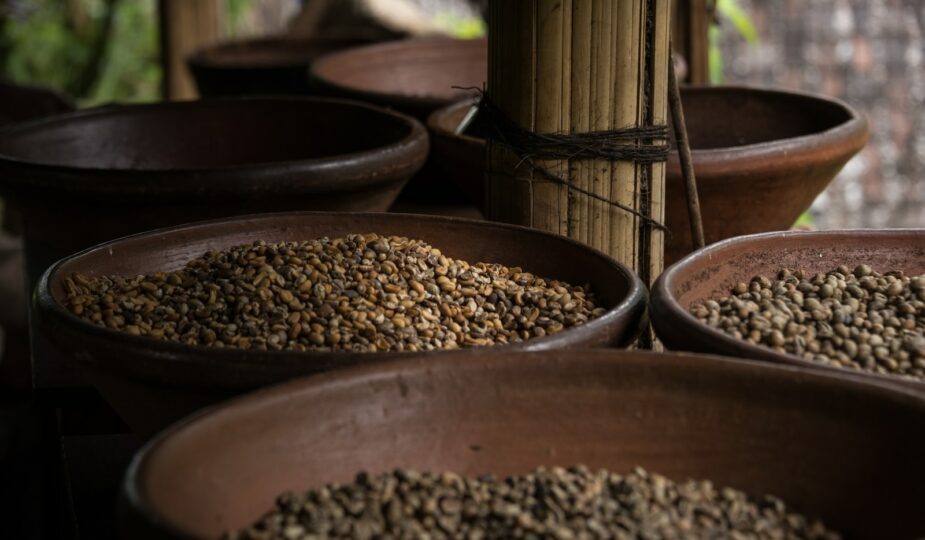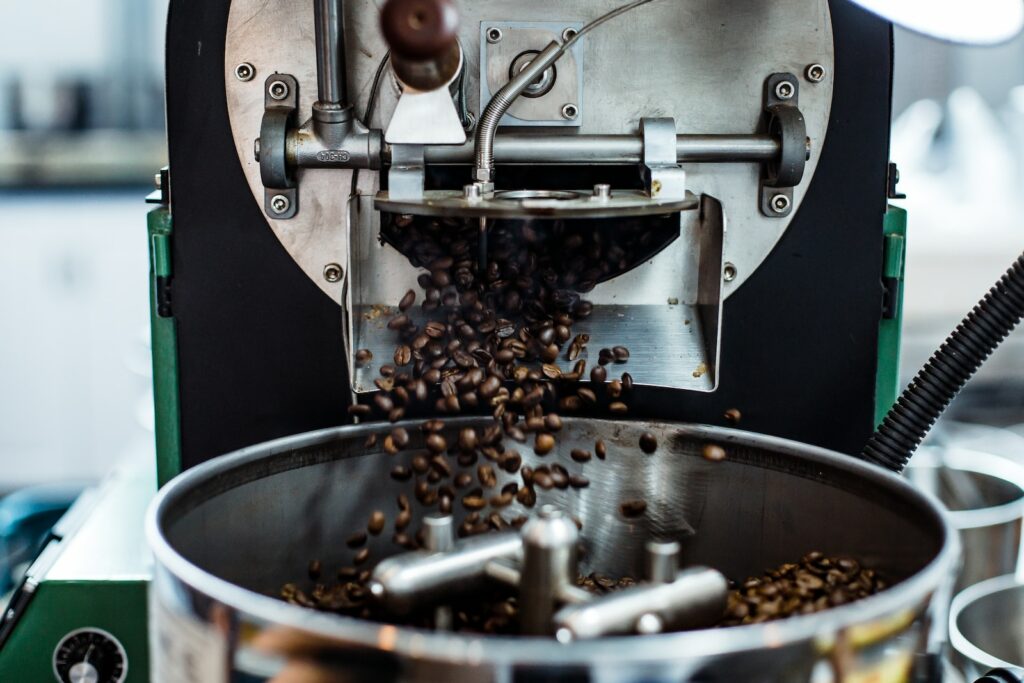
Bean Buying Guide: Why is Green Coffee Bean Moisture Content Important?
The art of coffee making begins with green coffee beans, which are essentially the seeds of coffee cherries. The unique taste and aroma we associate with our coffee originate from these beans. In this complex process, one aspect that plays an essential role is the moisture content of green coffee beans. Accurate management of this element affects the quality, flavour, cost, and ultimately, the success of the final coffee product. Let’s delve deeper into the importance of green coffee bean moisture content and how its levels influence various stages including roasting, trading, and potential risks that could compromise the quality of your beans.
Table of Contents
The Effects of Low Moisture Content
The moisture content of green coffee beans is instrumental in ensuring an optimal roasting process. If the moisture level is too low, the bean is likely to roast too quickly on the outside, while its interior remains raw. This uneven roasting leads to a less desirable flavour profile.
Impact on Flavour Profile
A low moisture level can cause over-roasting, leading to a coffee product that is flat-flavoured and bitter. The end-consumer experience is brought down significantly by these characteristics. Thus, ensuring ideal moisture content in your green coffee beans is significant for maintaining a balanced and appealing flavour in your final coffee product.
Efficiency of the Roasting Process
From a roasting efficiency standpoint, low moisture content may lead to faster roasting, potentially impacting the batch consistency and overall yield. Hence, maintaining a balance in the green coffee bean’s moisture content is crucial not only for optimum flavour but also for efficient and consistent production.
Check out our blog on the Hottop: From Beans to Brew.

The Risks of High Moisture Content
Conversely, high moisture content in green coffee beans presents a different set of problems that can significantly compromise the quality of your coffee. Let’s explore why an excessive amount of moisture is detrimental.
Danger of Fungus and Mould Growth
Moisture provides an ideal environment for the growth of fungus and mould. Coffee beans with excessive moisture can become breeding grounds for such organisms. Not only does this ruin the taste and aroma of the coffee, but it can also pose potential health risks to consumers. This amplifies the importance of the correct moisture content in green coffee beans to maintain their integrity and safety.
Increased Likelihood of Wastage
When mould sets in, an entire batch of beans can be ruined, leading to significant financial costs and inefficiency in terms of wastage. The issue can be further compounded if such batches have already been distributed and reached end consumers.
Understanding the Role of Proper Storage
Proper storage of green coffee beans plays a direct role in managing the moisture content. Keeping beans in a cool, dry environment can help control humidity levels, thereby preventing excess moisture build-up and the subsequent growth of damaging fungi and moulds.
The Role of Moisture Content in Trading
When it comes to trading, moisture content in green coffee beans has a substantial fiscal impact. It’s essential for traders to understand the implications of this crucial factor.
The Weight Factor
In the coffee trading business, beans are bought and sold by weight. It is key to note that excess moisture in a batch of green coffee beans can artificially inflate its weight. Consequently, the buyer might end up paying more for less, as the excess weight does not contribute to the actual coffee content. This practice can lead to distrust in the trade, emphasising the necessity for correct moisture content.
Buyer Rejections
If the moisture content surpasses the commonly accepted threshold of 12.5%, the whole batch runs the risk of rejection by the buyer. Such rejections could lead to financial losses and trading disagreements. As such, maintaining the right balance of moisture in green coffee beans is not only crucial for quality but is also a trading standard.
Price Negotiations and Fair Trade
Understanding and managing the moisture content of coffee beans can aid in fair negotiations between buyers and sellers. It can contribute to transparent dealings, uphold market standards, and promote fair trade practices in the coffee business.
| Moisture Range (%) | Potential Issues | Solutions | Tips |
|---|---|---|---|
| Below 9.5 | Over-roasting, flat-flavoured, bitter coffee |
|
|
| 9.5 – 12.5 | Ideal range, no issues |
|
|
| Above 12.5 | Risk of mould and fungus growth, rejection by buyers |
|
|
Essential Tips for Green Bean Buyers to Avoid Moisture Content Mistakes
While buying green coffee beans, maintaining awareness and vigilance about moisture content can help you avoid significant mistakes. Here are some practical tips to guide your purchasing decisions.
Invest in a Quality Moisture Meter
A quality, reliable moisture meter is a must-have tool for any green coffee bean buyer. Understand the operation and calibration of the device to ensure precise readings. Accurate moisture content ensures you’re paying for the bean weight and not excess water.
Ask for Moisture Content Data from Suppliers
Always ask your supplier for information about the moisture content of the beans you’re considering. Reputable suppliers should have this data readily available and be comfortable discussing it openly.
Understand the Ideal Moisture Content
The universally accepted range for moisture content in green coffee beans is between 9.5% and 12.5%. Investing in beans that lie within this range reduces the risk of encountering roasting issues or rejection during resale.
Store Beans Properly
Once the beans have been purchased, ensure they are stored correctly. Consistent, cool temperatures and low humidity environments help maintain the ideal moisture content, reducing the risk of mould and fungus development.

Conclusion
Understanding and controlling the moisture content in green coffee beans is paramount for all stakeholders in the coffee industry, from farmers and roasters to traders and end consumers. In essence, maintaining the right moisture balance is the underpinning for quality control, cost-effectiveness, health safety, and fair dealings. By investing in the right tools, understanding acceptable standards, and following best storage practices, you can achieve consistently high-quality coffee and guarantee fair trading practices in this thriving industry.








